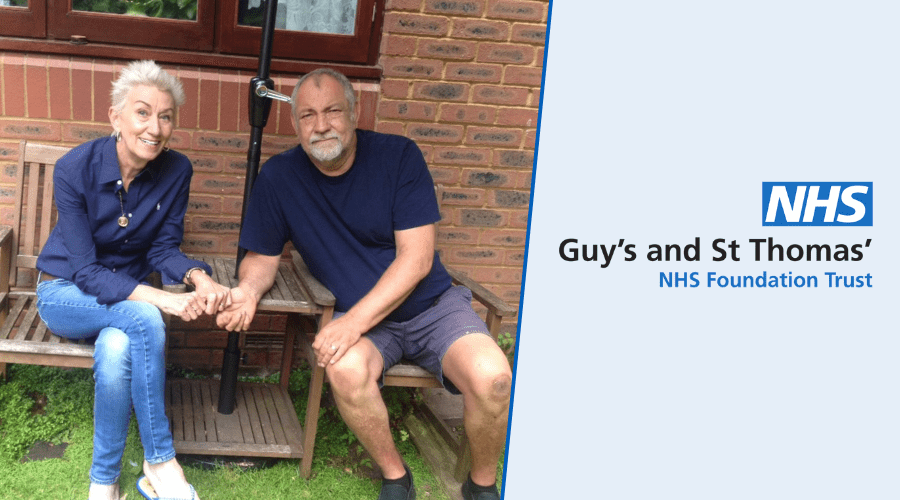Guy’s & St Thomas’ – first in London to offer tattoo-free radiation treatments

Guy’s and St Thomas’ has become the first NHS Trust in London to offer tattoo-free radiation treatment to their breast cancer patients, thanks to their adoption of AlignRT®.
Approximately 1,000 patients per year at Guy’s and St Thomas’ will be treated using this technology.
Traditional radiation therapy requires breast cancer patients to be tattooed with three small dots to ensure treatment is delivered to the right location. This leaves a permanent reminder of the experience and has an added emotional impact for some patients. According to a recent study, around 70% of women treated with radiotherapy for breast cancer had negative feelings about these markings.
AlignRT uses 3D stereo cameras to monitor a patient’s skin surface in real-time and compare it to the ideal position with sub-millimetric accuracy. This ensures radiation is delivered only when a patient is correctly positioned, enhancing safety and comfort and eliminating the need for tattoos or other permanent marks.
Jane Markcoons, 60, from Bromley is one of the patients to have benefitted. She said: “I was really pleased to find out I wouldn’t be left with tattoo marks as the last thing you want is to be reminded of your cancer all the time. When lots of women have radiotherapy they have already undergone chemotherapy and may be struggling with hair loss and other side effects so this is one less thing to worry about.”
Deirdre Dobson, deputy head of radiotherapy at Guy’s and St Thomas’, said: “Having a permanent reminder of their cancer treatment and what they’ve had to go through can be very distressing for some of our patients. This new technique helps them to leave their radiotherapy in the past and will really benefit our patients’ psychological wellbeing.
“As breast cancer survival rates improve it’s more important than ever that we don’t just treat the disease but help our patients move on with their lives as well. We are continuing to develop our techniques using this technology to investigate enhancing experience for more patient groups.”